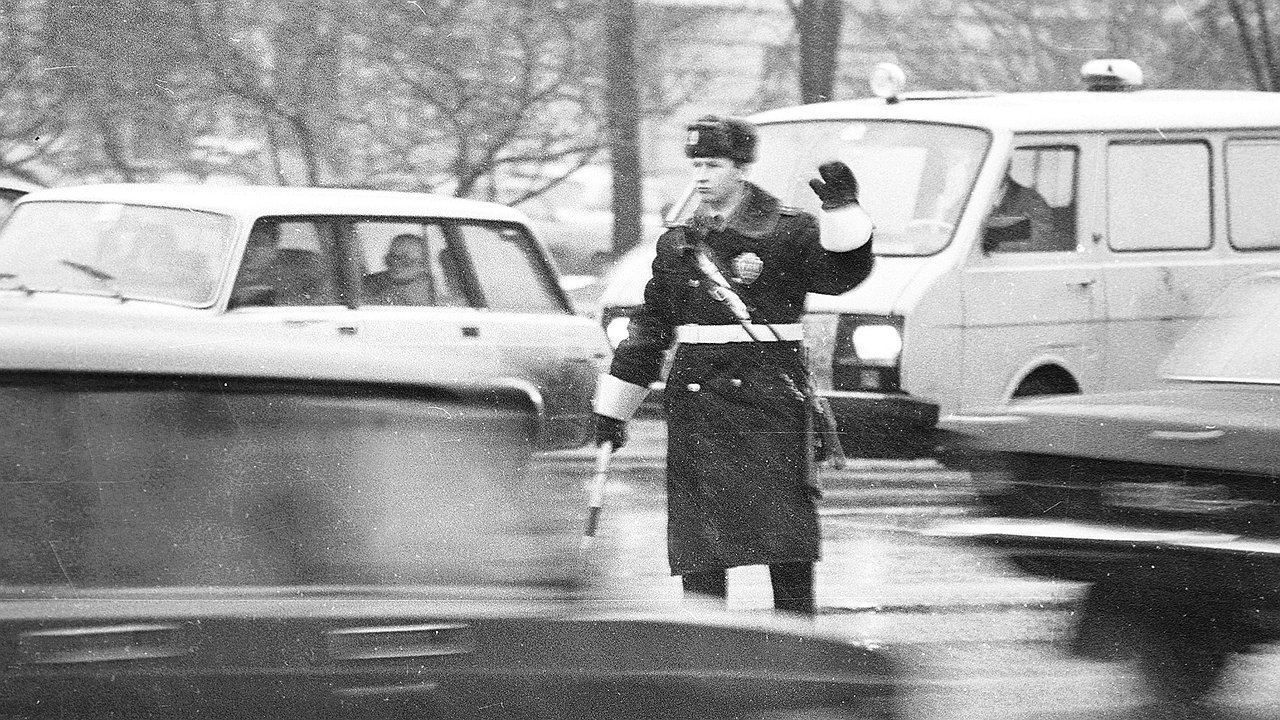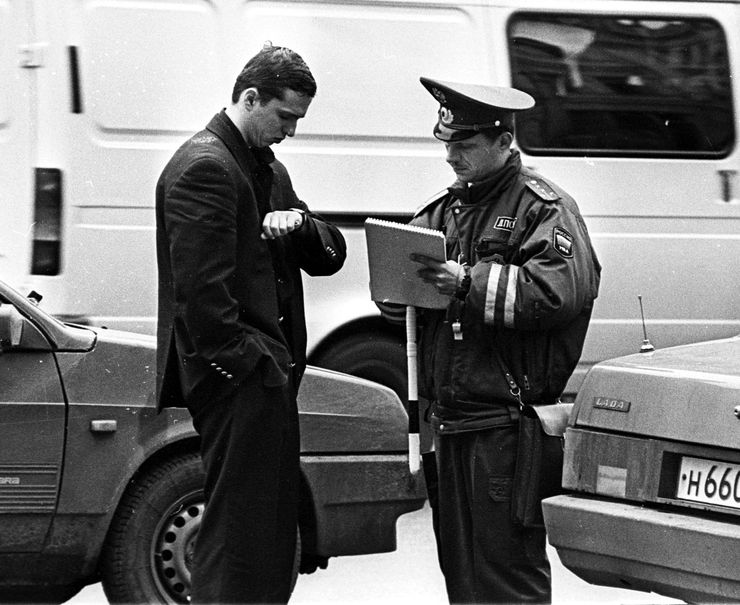One of the most common police methods of catching a speeding offender was the simple method of “falling on your tail.” The patrol, having noticed a car that was clearly in violation of the rules, followed it at a certain distance and recorded the indicator on the speedometer of the service car. If it exceeded the permitted limit, the traffic cops immediately caught up with the reckless driver and pushed him to the side of the road.
More advanced law enforcement, however, used a stopwatch to determine how much time it took for the “flyer” to travel across a given section of roadway. Moreover: some ‘gays’ even had tables with which you could quickly convert seconds to km/h.
The crews also worked together and took up positions at the beginning and end of a fixed stretch of road, for example a linear settlement on a country road. Having overcome the first picket, the driver, as a rule, accelerated without fear of encountering the second. Meanwhile, the police officers radioed to their colleagues that the “victim” was ready, and measured the time the driver spent on the road, and then calculated the difference and calculated the average speed. In fact, this method was later reflected in the modern Avtodoriya systems, which, however, were later abandoned, but now again discuss the possibility of returning them to the roads of the country.














